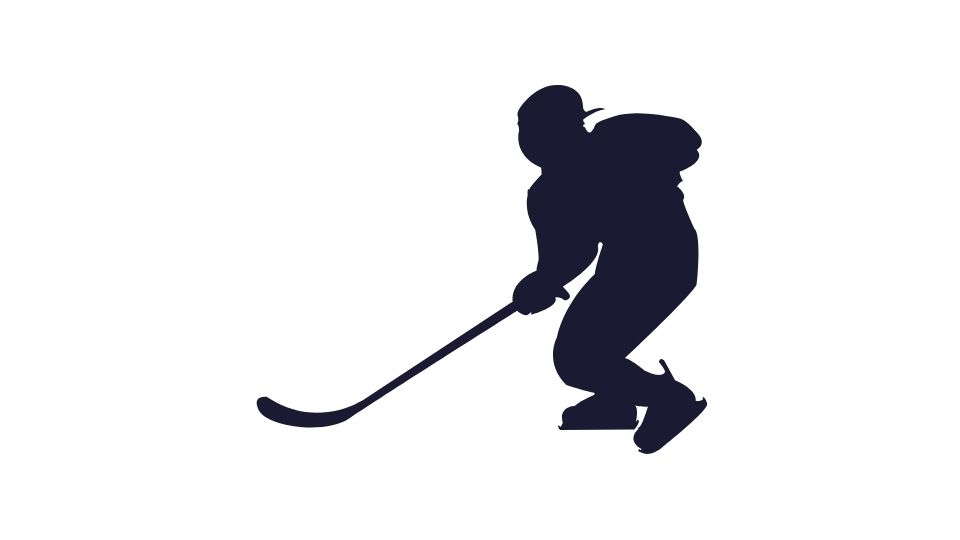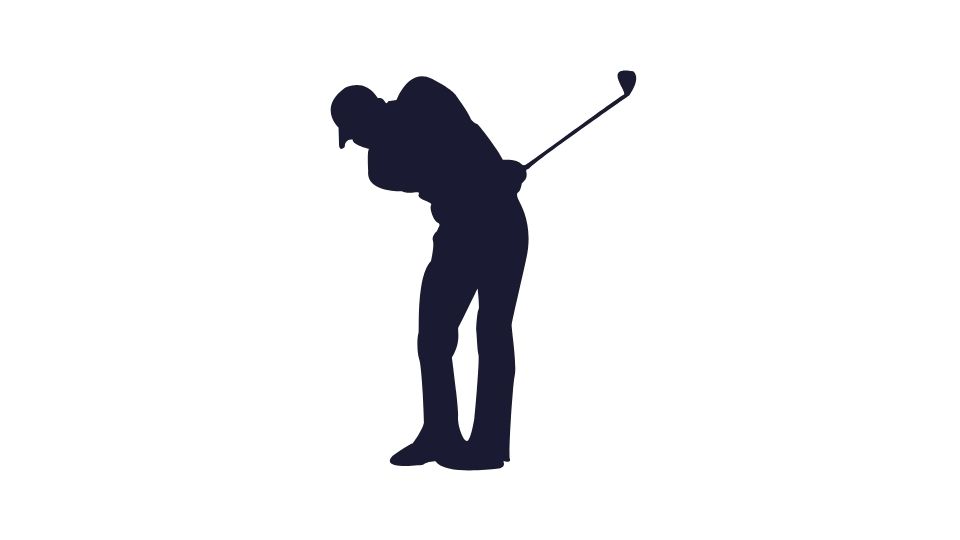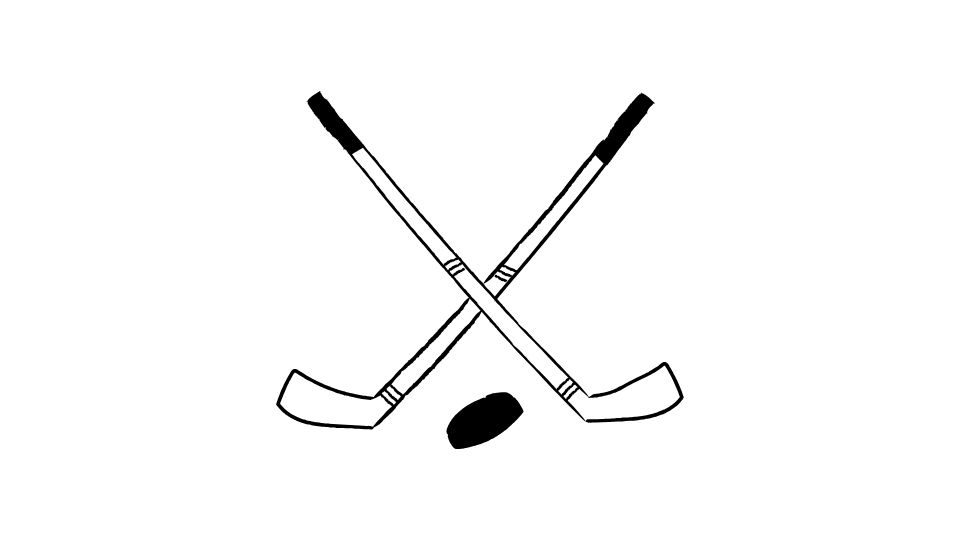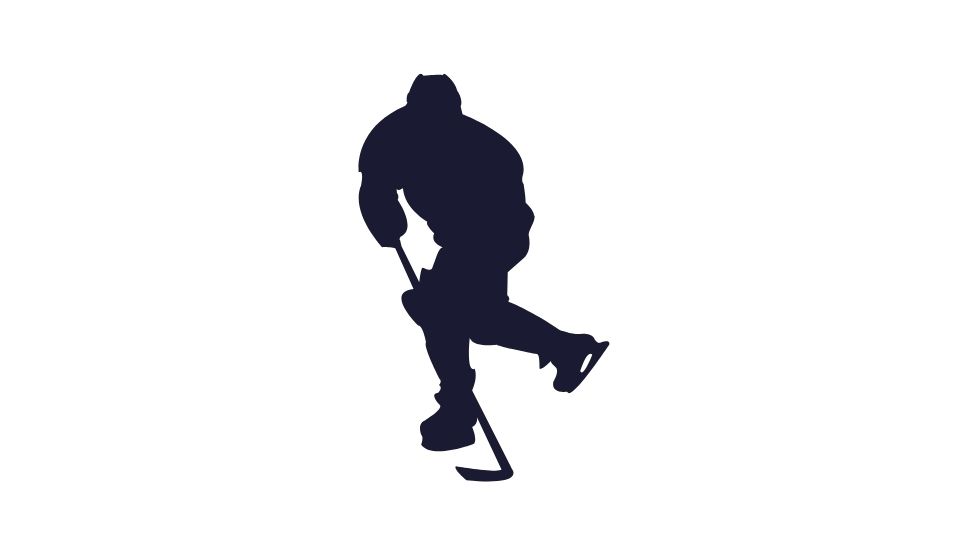Everything you need to know about scoring points in hockey in 5 minutes
When I first started watching hockey, I had no idea how the points system worked. I’d see weird scores like “1-0 (SO)” and have absolutely no idea what that meant.
So let me break down the two completely different systems that are both called “points” in hockey:
- Team points (for standings)
- Player points (goals + assists)
Skip ahead if you want:

Team Points in Hockey (NHL)
The NHL uses a pretty straightforward points system to rank teams in the standings (but of course, there are some quirks):
Regulation Win = 2 points
If you beat the other team within the standard three 20-minute periods, congrats! You get two points.Overtime/Shootout Win = 2 points
If the game is tied after regulation, teams play 5 minutes of 3-on-3 overtime. Still tied? Shootout time. Win either way, you still get those two points.Overtime/Shootout Loss = 1 point
Here’s the weird part – if you lose in overtime or a shootout, you still get a “loser point.” Why? Because the NHL wants to reward teams for at least making it past regulation.Regulation Loss = 0 points
Lose in regular time? Sorry, you get nothing.
So in the NHL, a game can distribute either 2 points total (if decided in regulation) or 3 points total (if it goes to OT/shootout). The NHL has used this system since 2005, and while it’s controversial, it definitely creates some interesting standings dynamics.
Other Points Systems Exist

The NHL isn’t the only league with a points system. Other leagues use different models:
- IIHF/PWHL 3-Point Model
3 points for regulation win, 2 for OT/SO win, 1 for OT/SO loss, 0 for regulation loss.
The beauty of this system is that every game is worth exactly 3 points, and it puts a premium on winning in regulation.
- Five-Point Model (theoretical)
Some hockey nerds have proposed even more complex systems like:
5 points for regulation win
4 points for OT win
3 points for shootout win
2 points for shootout loss
1 point for OT loss
0 points for regulation loss
Would this be better? Who knows! But hockey fans love arguing about this stuff over beers.
Player Points Scoring System

Now let’s talk about how individual players get points.
A player’s points total is the sum of:
Goals : When you put the puck in the net, you get 1 point.
Assists : Up to two players who helped set up a goal also get points:
- Primary assist: The player who passed directly to the scorer
- Secondary assist: The player who passed to the primary assister
This means each goal can generate up to 3 player points total:
| Player Role | Points |
|---|---|
| Goal Scorer | 1 point |
| Primary Assist | 1 point |
| Secondary Assist | 1 point |
Example time! If Connor McDavid passes to Leon Draisaitl who passes to Zach Hyman who scores, all three get one point each – Hyman gets the goal, Draisaitl gets the primary assist, and McDavid gets the secondary assist.
If a player scores all by himself after stealing the puck? Just one point awarded (to the scorer).
Player points have been tracked this way for decades, and this system is why you’ll see some players with more assists than goals – they’re the playmakers setting up their teammates.
Why Points Matter in Hockey

For Team Standings:
Team points determine who makes the playoffs and seeding. At the end of the regular season, the top teams in each division advance based on their points totals.
If teams are tied in points, the NHL uses tiebreakers like:
- Regulation wins + overtime wins (ROW)
- Regulation wins (RW)
- Head-to-head results
- Goal differential
For Player Evaluation:
Player points help measure offensive contribution. Players like Wayne Gretzky and Connor McDavid are celebrated for their astronomical points totals. Teams pay big money for players who can rack up points consistently.
Other important player stats include:
- Plus/minus rating (+/-)
- Power play goals (PPG)
- Game-winning goals (GWG)
- Shots on goal (SOG)
Some Final Points About Points

Shootout goals don’t count in player stats. If a player scores in a shootout, it counts for the team win but not for their personal goal total.
Empty net goals count the same as any other goal (1 point), even though they’re easier to score.
The Art Ross Trophy goes to the player with the most points each season. The Maurice “Rocket” Richard Trophy goes to the top goal scorer.
Defensemen typically have fewer points than forwards, which is why when a defenseman like Cale Makar puts up 80+ points, it’s a big deal.
So there you have it – the complete guide to points in hockey. Whether you’re watching games, checking standings, or arguing with your friends about who the best player is, understanding these points systems will make you sound like you know what you’re talking about!
And most importantly, can I blame the points system for my team not making the playoffs this year? (sarcastic laugh).




